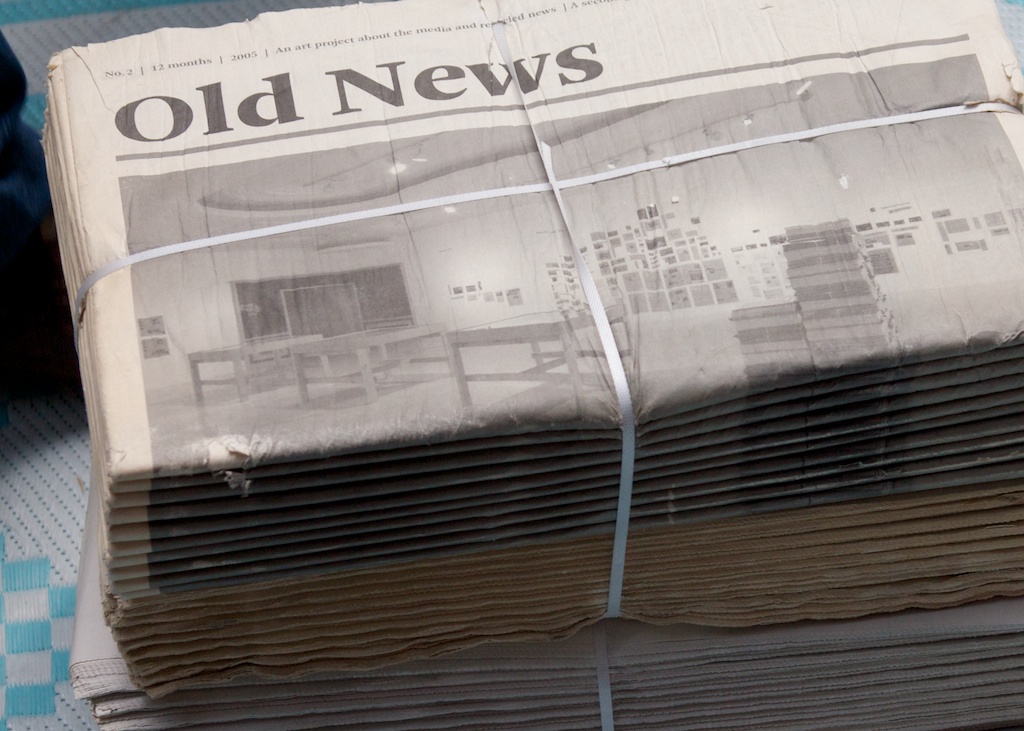Me and Astronaut Doug Wheelock in front of the Space Shuttle Atlantis, the day before liftoff
In last night's episode of Extant, Molly (played by Halle Berry) sees a rocket lifting off, heading into space and likely docking with the space station. It reminded me of when I attended a shuttle launch. One of the most fascinating things was seeing the shuttle launch .... in silence. Then, 15 seconds later ... WWWWOOOOOOOOOOSSSSSSSHHHHHH you get blasted by the full sound of the rocket launching from the Earth. Why did it take so long?
In the above video, we start to hear sound about 15 seconds after we see it. Why is that? Well, the speed of light (186,000 miles per second) is much, much, much faster than the speed of sound (1130 ft per second). So if something is more than 1130 ft away from us, we should see it one second before we hear it. If it's 2260 ft away, we'll see it two seconds before we hear it. For 15 seconds, the math works out to just over 3 miles, which is the actual distance from the shuttle launch pad to the Kennedy Space Center press site that I was at.
This is the exact same reason why you see lightning before you hear thunder - if the lightning is far enough away, the light reaches your eyes way before the sound reaches your ears! You can also calculate how far away the lightning is by using the same method I used to calculate how far I was from the shuttle launch pad.
If you want to check out the livetweet of the show (watch out, there are spoilers), check out the Storify below!







